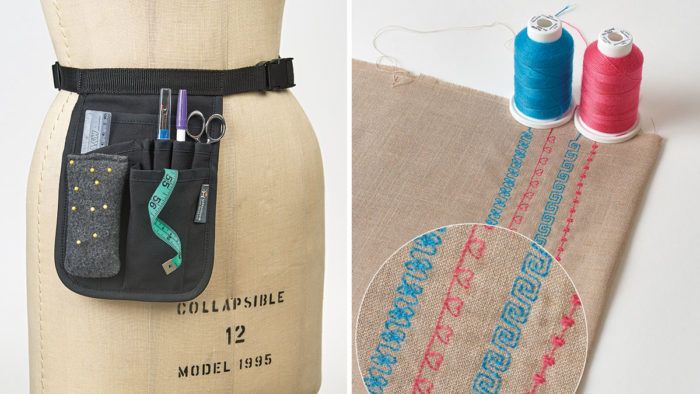
Keep tools at hand
Scissors, seam rippers, and other implements never seem to be in the right place when you need them. Use the Sewing Tool Belt from HipNotions to corral what you need in one handy place. The 1-inch-wide belt fits up to a 45-inch waist. Its attached tool holder includes eight pockets, ranging in size from small enough to hold a single marking pen to large enough to fit rulers or templates. It also has a removable fleece pincushion, which is filled with soft fiberfill and secured to the belt with hook-and-loop tape. The main pouch measures 6-1/2 inches by 9-1/2 inches. Also available from HipNotions are length extenders, including one with additional features such as magnetic holders, tool loop, hook-and-loop tape holder, and elastic and cord lock.
(HipNotions.com; $44.00)
Steer your stitching
The Ultimate Quilt ’n Stitch Presser Foot from Clover provides an easy solution for sewing parallel stitching rows without marking the fabric. It features an adjustable guide marked at 1/8-inch intervals, from 3/8 inch to 3 inches. Press the button to unlock the guide and slide it out to the desired distance between stitching lines. Releasing the button locks the guide. The foot is made from sturdy plastic and fits most low-shank machines. Some machines may require an adapter, which is sold separately.
(Clover-USA.com; $24.95)
Safe iron perch
It would be nice to set your hot iron down without worrying that you’ll scorch the ironing board cover or other surface. With the Sew Hot Iron Rest from It’s Sew Emma, you can conveniently rest your iron that between pressing sessions. It is made of heavy-duty silicone and can withstand temperatures up to 500°F. The mat is approximately 7 inches wide by 11 inches long, which accommodates most household irons. You can use it safely on any surface because it does not transfer heat.
(ItsSewEmma.com; $10.98)
Mimic handwork by machine
For sewers who like a hand-embroidered look but don’t like to sew by hand, Filaine thread by Sulky creates a textured stitch that mimics the look of crewelwork. It is a 12-weight, 100 percent acrylic thread that can be used for decorative machine stitching, machine embroidery, and handwork. The thread is fuzzy but does not produce much lint because of its fiber content. It is designed to have a high durability to withstand dense machine stitching. It comes on a 435-yard spool with a wide base to reduce wobbling and is available in more than 100 colors.
(Sulky.com; $4.99)
Bookshelf: Get a closer look
This 224-page, softcover book, 20th-Century Fashion in Detail (Thames & Hudson, 2018), by Claire Wilcox and Valerie D. Mendes, is a gold mine of inspiration from the costume collection of London’s Victoria and Albert Museum. It contains seven sections: Seams; Gathers, Tucks, and Pleats; Collars, Cuffs, and Pockets; Fastenings; Bows; Beads and Sequins; and Applied Decoration. Each section contains full-color photos of stunning examples. Many of the images are accompanied by text explaining how the detail was created and how it became popular. The photos are supplemented by line drawings of the full garment they were taken from. A total of 115 color photos and 170 line drawings fill the pages. The book includes works by more than 70 designers, including Alexander McQueen, Madeleine Vionnet, and Yves Saint Laurent. Though this is not a technique book, the images within can be used as a jumping-off point for designing and creating your own details.
(ThamesAndHudsonUSA.com; $40.00)
Press shape into sleeve caps
A neatly finished sleeve cap requires precise pressing along the upper armscye seam. However, a traditional ham is difficult to maneuver within the sleeve for ideal support as you press. Produced by couture sewer Helen Haughey, this Shoulder Ham enables you to press armscye seams with ease. It is also useful for steaming sleeve caps into shape. The ham is supported by an unfinished, sanded wooden base that measures 5-3/4 inches wide and 8 inches long. The curved form stands 8-1/2 inches tall by the width of the base. It is covered with wool flannel that has been quilted to cotton batting and muslin. The covering is finished with a blue or pink grosgrain ribbon.
(Etsy.com/shop/HelenHaugheyDesigns; $55.00)
Spring-action shears
Made by Gingher, the Spring-Action Knife-edge Dressmaker Shears are 8 inches long in total and feature strong, sharp blades measuring 4 inches long. The scissors have a spring action, which opens them without effort, avoiding hand strain caused by normal scissor operation. When not in use, they are kept closed by a gold-colored lock that is shaped for ease of use. The bent-handle design makes it comfortable to cut fabric accurately against a flat surface. The blades are stainless steel, with a chrome-over-nickel finish. If the scissors dull, Gingher offers a sharpening service for a fee.
(Joann.com; $69.99)
Removeable pleating guide
Here’s a quick and easy way to create uniform box pleats without lots of measuring and marking. The Box Pleat Tape from Pam Damour is designed to guide in the creation of box pleats between 1 inch and 4 inches deep. When box-pleating fabric, you need three times the desired finished fabric length, so plan accordingly. The packaging contains clear instructions on how to use the tape: You’ll apply it along the area to be pleated and follow its color-coded markings to fold the fabric into even pleats as you sew the pleats in place. It is low-tack paper tape, similar to painter’s or masking tape, and can be removed cleanly from most fabrics. Once you remove the tape, you can reuse it as long as it is still tacky. Test the tape on a scrap first to ensure it does not leave residue. It comes in 36-yard rolls.
(PamDamour.com; $15.49)

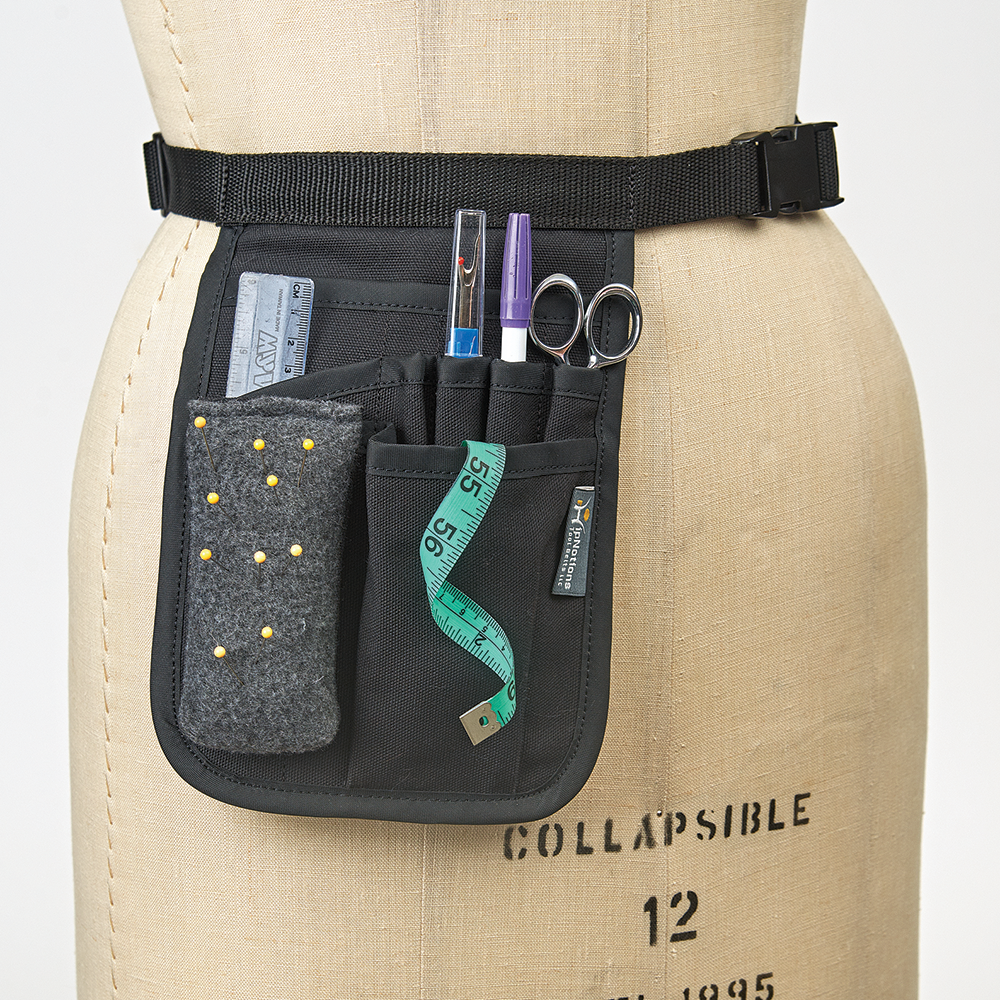
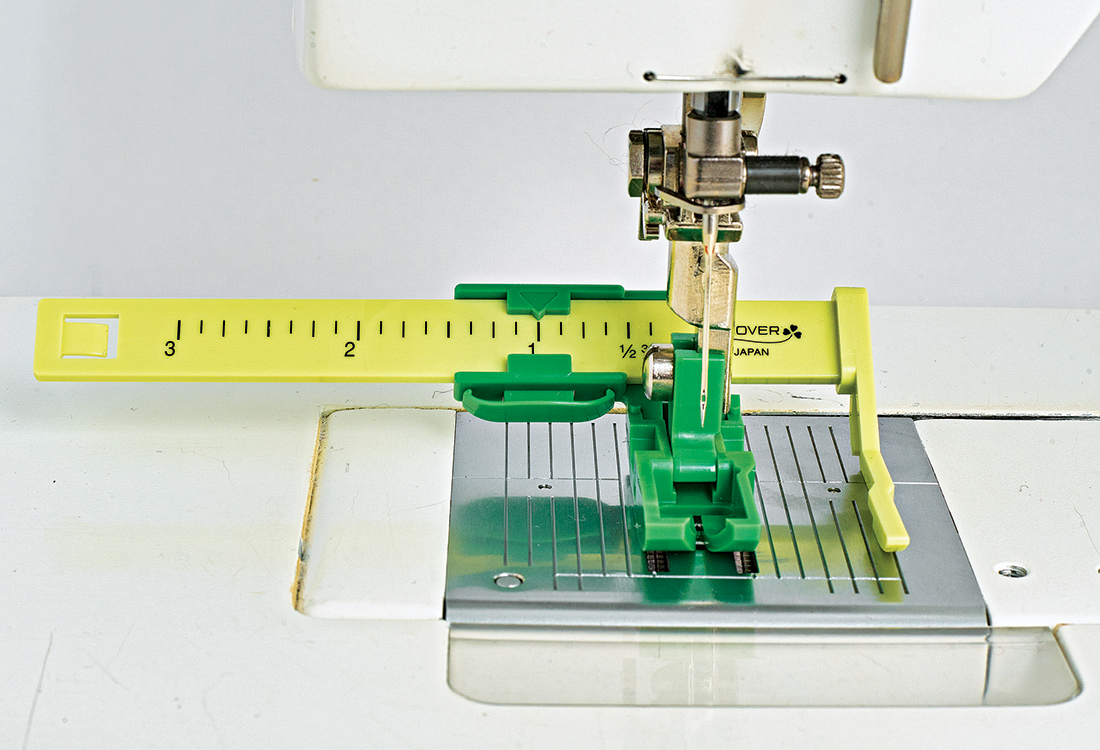
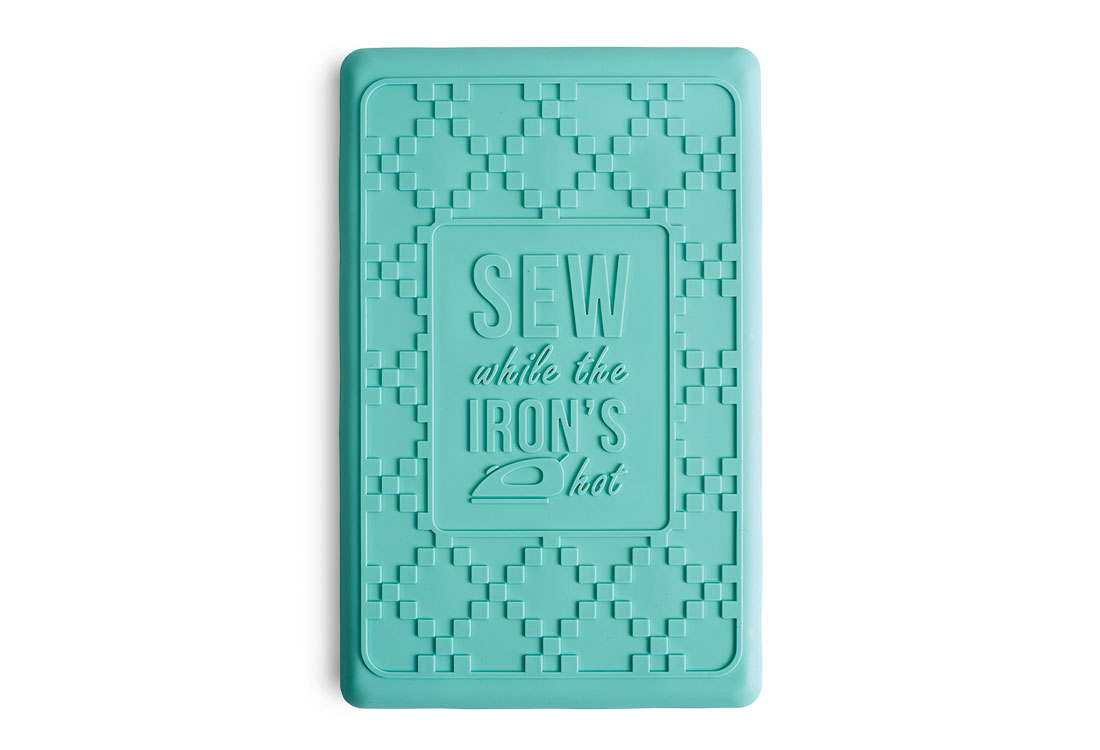
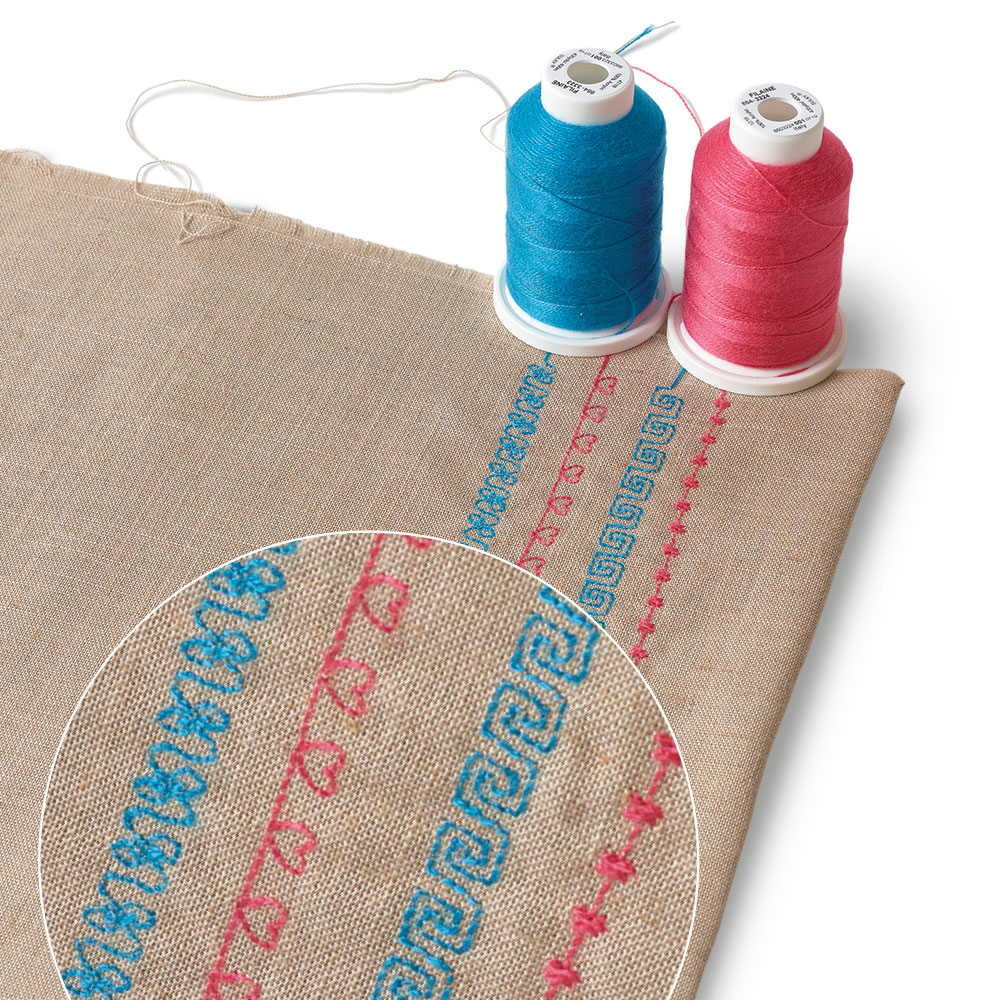
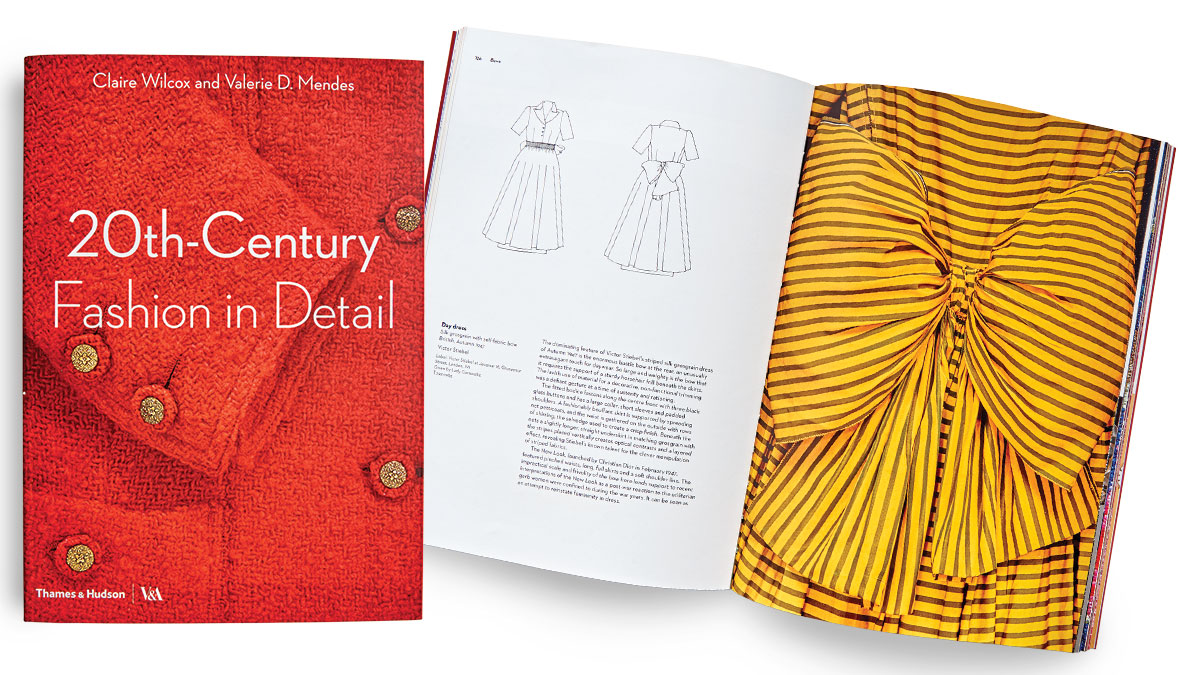
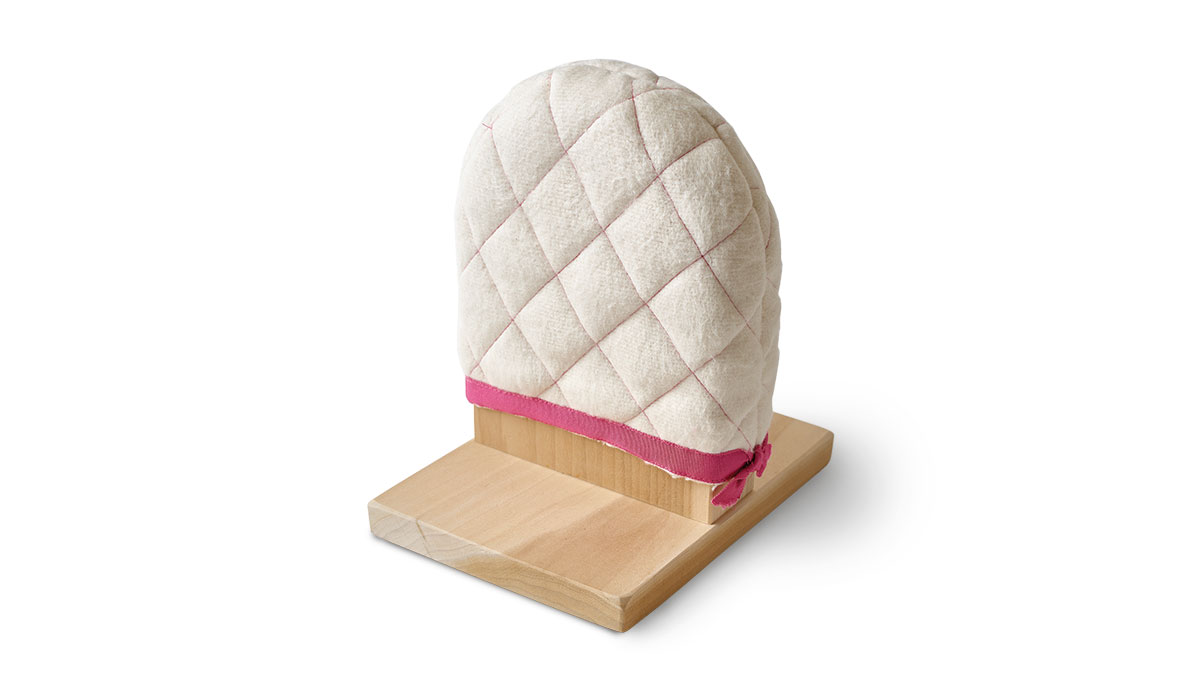

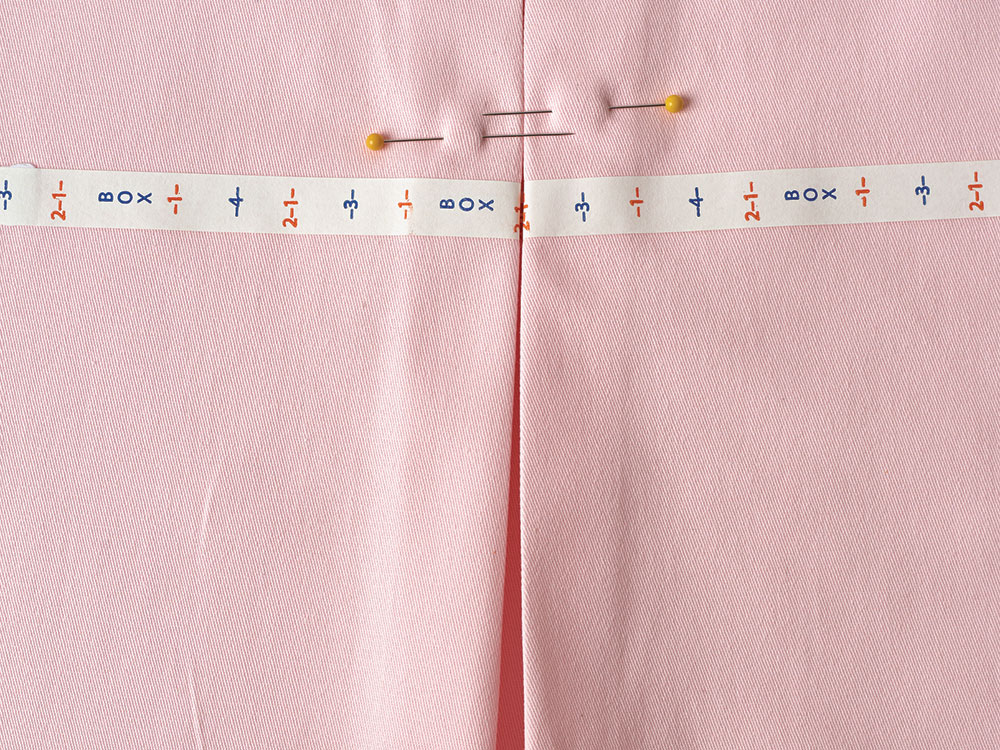
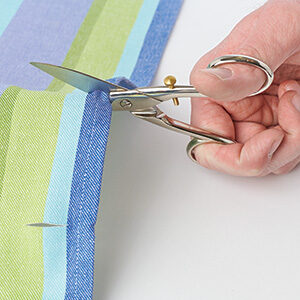





























Log in or create an account to post a comment.
Sign up Log in